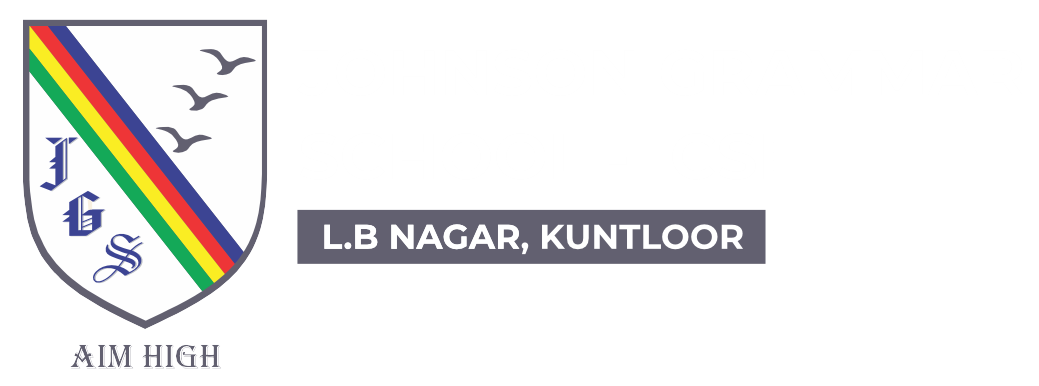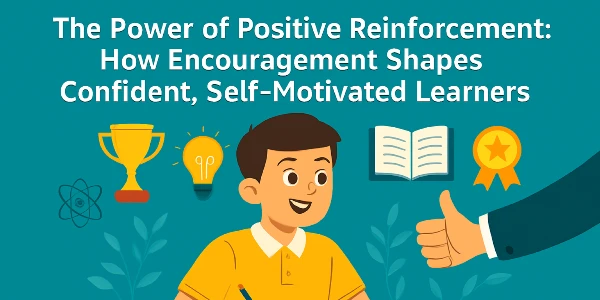
Fun Science Experiements to try at Home This Summer
Introduction
Summer holidays present an ideal opportunity for logicalendeavorseyond the boundaries of traditional classroom settings. Science, with its fundamental capacity to explain the mysteries of our daily existence, offers a particularly educational opportunity for a summer vacation. This summer vacation Johnson grammar school presents a selected group of scientific experiments that can be conducted using readily available household materials, designed specifically for students in Classes 6-10. These activities not only strengthen academic concepts encountered throughout the school year but also motivate for critical thinking abilities and scientific curiosity that will serve students well in their future academic endeavors.
The Value of Experiential Scientific Learning
Contemporary educational research has demonstrated that practical engagement with scientific concepts yields superior learning outcomes compared to theoretical study alone. Experiments facilitate the development of several crucial skills:
Observations and attention to details
Making educational guesses and drawing evidence base conclusions
Analytical thinking on academic topics
Resource management and time management
Improving problem-solving skills
Experiment 1: Homemade Hovercraft

Materials Required:
1CD or DVD
1 Baloon
1 Pop up bottle cap
1 Glue
Procedure
Apply glue to the pop up bottle cap.
Pull the pop up bottle cap down
Inflate the baloon
Connect the baloon to the pop up bottle cap
Pull the pop up bottle cap up
Release the CD/DVD down on the floor
That’s all to make your hovercraft which glides on your floors.
Experiment 2: Homemade slime

Materials Required:
Glue
2 bowls
Your favourite food colour
Water
Borax powder
Procedure:
Pour glue into a bowl.
Add some water to the glue bowl.
Mix water and glue properly to make it little watery.
Add borax to a bowl
Then add water to borax bowl.
Add two drops of your favourite food colour to the glue bowl.
Mix it properly.
Add borax water slowly and mix to glue until it becomes sticky enough
That’s it your slime is ready.
Experiment 3: (Take adult supervision)

Materials Required:
150ml - 200 ml Hydrogen Peroxide
Liquid soap (hand wash/dishwasher soap)
1 tbsp dry yeast
1 tbsp of warm water
A plastic bottle or beaker
A bowl
Your favourite food colour
Procedure:
Add 150 ml – 200 ml Hydrogen Peroxide to a bottle or a beaker.
Add 1 tbsp of dry yeast and 1 tbsp of warm water.
Add your liquid soap (hand wash/dishwasher soap).
Add food colour to the liquid.
Now add the warm water yeast to the hydrogen peroxide solution.
The whole solution now reacts and forms a foam like material called elephants toothpaste.
Safety Considerations
The pursuit of scientific knowledge must always be balanced with appropriate safety measures.
Students should:
Conduct experiments under adult supervision when required
Wear appropriate protective equipment (gloves, eye protection) as necessary
Handle potentially hazardous materials with caution
Properly dispose of experimental materials
Follow all safety instructions specific to each experiment
Never ingest any experimental substances
Maintain a clear workspace free from unnecessary clutter
Conclusion
Summer holidays offer an invaluable opportunity for students to engage with scientific concepts in a pressure-free environment, guided by curiosity rather than examination requirements. These experiments represent merely an introduction to the vast possibilities for home-based scientific exploration. By engaging in these activities, students will develop not only a deeper understanding of fundamental scientific principles but also the methodological approaches and critical thinking skills that characterize successful scientists. Moreover, they will discover that science extends far beyond textbook definitions.
Pothkanoori Prachodhan
Class / Section: X/F





